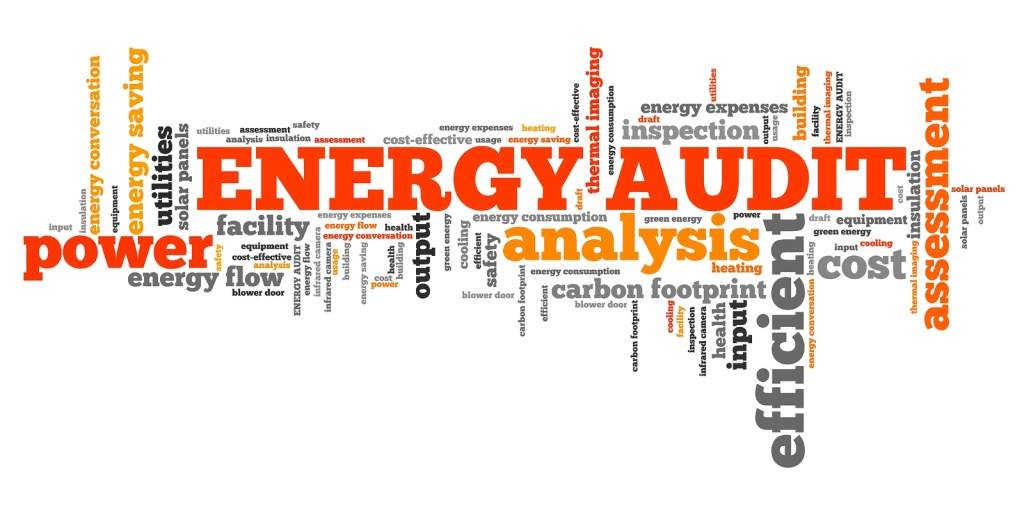
Building owners often press their facility managers to conduct energy audits. However, depending on the size and complexity of their buildings and systems, this may be a significant expense. How can they feel assured there will be a positive return on their investment, with energy and operational savings exceeding the cost of the audit?
The key is to employ a stepped approach. Building managers should perform a preliminary energy-use analysis to compare the energy use index of their buildings with the national average, identifying whether their facilities are high or low energy performers. After candidates have been identified, the manager should decide what level of audit may be warranted. ASHRAE/ACCA’s proposed Standard 211P, “Standard for Commercial Building Energy Audits,” defines three levels.
1. Level 1 is the most basic audit, often called a “walk-through audit.” It involves a brief on-site review of the building and its systems, along with interviews of the operations and maintenance staff and a review of the past year’s utility bills. The intent is to identify recognizable energy-saving opportunities and visible operational issues. The results of a Level 1 audit often are used to decide whether further evaluation is warranted and if so, where to focus future efforts.
2. Level 2 may start with the results of a Level 1 audit, then evaluate the facility’s energy systems in detail. This audit typically examines a building’s envelope and all related mechanical, electrical and plumbing systems. Specific energy efficiency measures (EEMs) are identified, along with preliminary implementation costs and performance (savings) metrics. The final report should provide guidance to the owner regarding prioritizing and implementing the various EEMs.
3. Level 3, also known as “investment-grade audits,” typically include detailed analysis of capital intensive modifications. Often, these audits include full-year computer simulations of the building’s energy performance, evaluating the relationships between various EEMs. In addition, these audits include detailed estimates of implementation costs along with analyses for return on investment and cash flow. Owners will use the results of these audits to make decisions regarding proceeding with major capital projects.
For further information regarding Hanson’s energy audit services, please contact Robert Knoedler at RKnoedler@hanson-inc.com or Nate Boyd at
NBoyd@hanson-inc.com.